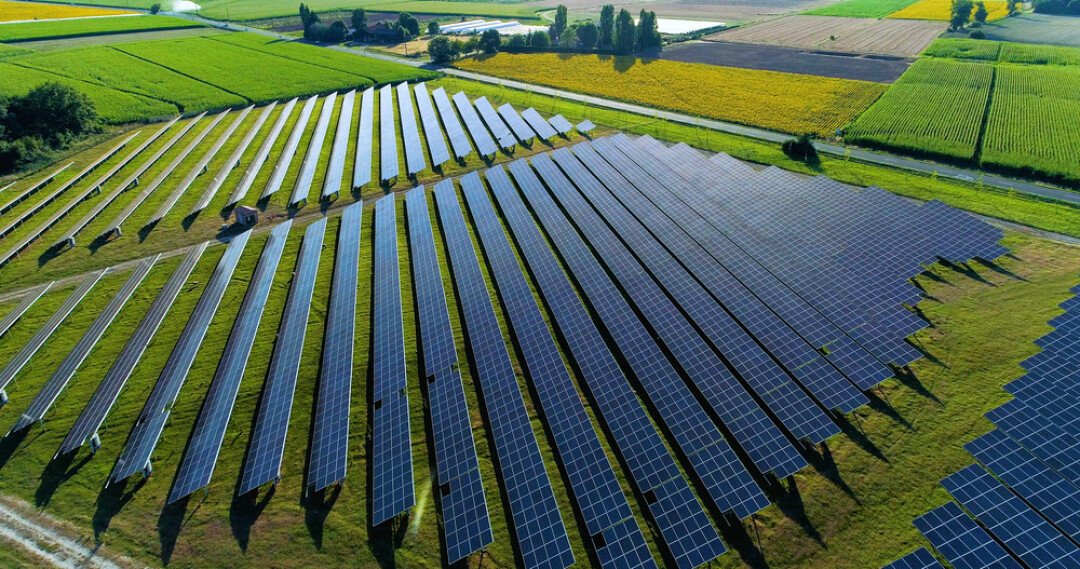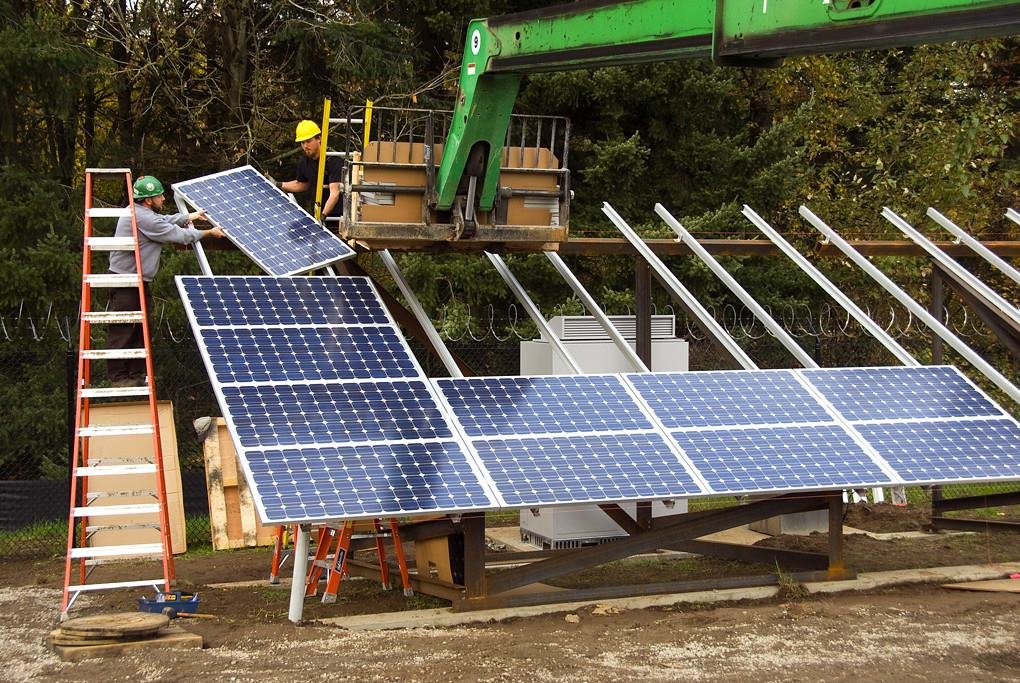As solar photovoltaic (PV) systems become more widespread and integral to global energy infrastructure, the need for reliable energy storage is more critical than ever. Battery Energy Storage Systems (BESS) are increasingly being deployed to stabilize output, store excess generation, and optimize time-of-use energy consumption. Today in Steelbridge Export blog, we want to know more and deeper.
The Role of NFPA 855 in Solar Energy Development
However, as battery systems grow in scale and complexity, they also introduce new fire, electrical, and chemical safety risks. This is where NFPA 855—the National Fire Protection Association’s standard for the installation of stationary energy storage systems—comes into play. For solar energy project developers, understanding and applying NFPA 855 is no longer optional; it’s essential for safety, compliance, and securing solar power investments.
What Is NFPA 855 and Why Does It Matter?
NFPA 855 is a comprehensive safety code that governs the design, installation, maintenance, and emergency response protocols for battery storage systems. Published by the NFPA, the standard aims to mitigate fire and explosion hazards associated with lithium-ion and other advanced battery chemistries.
For solar projects, especially utility-scale and commercial installations, battery storage is a natural extension of the energy generation system. But without clear safety frameworks, these systems pose risks not just to infrastructure, but to lives.
NFPA 855 sets forth safety zones, spatial separation requirements, monitoring protocols, fire suppression systems, and compliance guidelines for BESS integrated into solar energy projects.
 Key Elements of NFPA 855 for Solar Developers
Key Elements of NFPA 855 for Solar Developers
System Size and Risk Categorization
NFPA 855 classifies battery systems by type, size, and risk level. Small residential batteries are treated differently than multi-megawatt systems in solar farms. For solar energy project developers, this categorization influences zoning, permitting, and system layout.
Fire Safety Design
Developers must incorporate thermal runaway prevention, smoke detection, fire barriers, and ventilation into the project design. Depending on the battery chemistry (e.g., lithium-ion vs. flow batteries), different safety protocols apply.
Spatial Separation & Setbacks
The standard requires specific distances between battery units, buildings, and property lines to minimize the impact of thermal events. In larger PV projects, this affects land use and facility design.
Monitoring & Controls
NFPA 855 mandates advanced monitoring systems that include:
State of Charge (SoC)
Temperature and voltage monitoring
Fire suppression readiness
These systems must be connected to local fire department notification protocols.
Emergency Response & Signage
Projects must provide fire services with access to safety data sheets (SDS), battery system layout, and emergency shutdown procedures. Proper signage and training are also required.
Related Article: In 2025, Solar PV’s Net Benefits Are Supercharged by Technology, Equity, and Smarter Policy
NFPA 855 and Its Impact on Solar Investment
For investors and financial backers, NFPA 855 compliance provides risk mitigation and project credibility. Insurance providers and municipal authorities increasingly require evidence of adherence to NFPA 855 before granting coverage or permits.
Solar investment in large-scale systems typically includes long-term returns, often over 15–25 years. NFPA 855 ensures that safety and regulatory issues don’t jeopardize that timeline. In fact, many solar energy project developers report that early integration of NFPA 855 standards helps expedite permitting and reduce liability during construction and operations.
In the Middle East, North America, and other fast-developing solar markets, NFPA 855 is rapidly becoming a benchmark requirement—especially for projects involving energy arbitrage, frequency regulation, or islanded grid operations.
Challenges in NFPA 855 Implementation
Cost Implications
Implementing NFPA 855-compliant safety infrastructure can increase upfront CAPEX. However, these costs are usually offset by smoother approvals and fewer retrofits.
Site Limitations
Some solar sites, especially in dense industrial zones or brownfields, lack the physical space for setback requirements, which can limit battery size or require creative engineering solutions.
Knowledge Gaps
Many EPC contractors and developers are still unfamiliar with NFPA 855’s finer details, resulting in design flaws or delays in fire authority approvals.
 Best Practices for Developers
Best Practices for Developers
Involve Authorities Early
Coordinate with local fire marshals and permitting bodies from the planning phase. This avoids costly redesigns.Use Pre-Certified BESS Units
Select battery systems that have UL 9540 and UL 9540A certifications. These are often pre-aligned with NFPA 855.Hire Specialized Engineers
Work with professionals who understand fire safety codes, HVAC integration, and battery-specific electrical design.Train O&M Staff
Operations and maintenance teams must be fully trained in emergency protocols, especially for high-capacity systems.Incorporate NFPA 855 into RFPs
Make compliance a non-negotiable for vendors and subcontractors to ensure that it’s embedded from day one.
The Future of Storage Safety in Solar Projects
With the rapid pace of solar energy project development and increasing deployment of grid-scale battery systems, NFPA 855 is expected to evolve further. The next editions will likely address hybrid storage systems (like BESS + hydrogen), second-life EV batteries, and automated firefighting systems using AI.
For solar investment groups, ensuring your projects are future-proof means aligning with these evolving safety standards and anticipating stricter regulations.
Final Thought
The integration of NFPA 855 into PV energy storage systems is not just about ticking a regulatory checkbox—it’s about future-proofing your project, protecting lives, and building investor confidence. For solar energy project developers, the standard provides a detailed framework that ensures their installations are safe, compliant, and bankable.
As the solar industry continues to expand globally, smart compliance with NFPA 855 will be a mark of professional excellence and long-term operational success.
❓Meta Questions and Answers
1. What is NFPA 855?
It’s a fire protection standard for the safe installation of stationary battery energy storage systems.
2. Why should solar energy developers care about NFPA 855?
It’s critical for safety, permitting, and securing solar investments in large-scale PV projects.
3. Does NFPA 855 affect residential solar installations?
Generally, no. It mainly applies to larger commercial and utility-scale systems.
4. How does NFPA 855 affect the cost of solar storage projects?
While it increases initial costs, it significantly reduces risk, permitting delays, and insurance issues.
5. Is NFPA 855 mandatory everywhere?
Not universally, but many jurisdictions and insurers increasingly require compliance.




 Key Elements of NFPA 855 for Solar Developers
Key Elements of NFPA 855 for Solar Developers Best Practices for Developers
Best Practices for Developers



